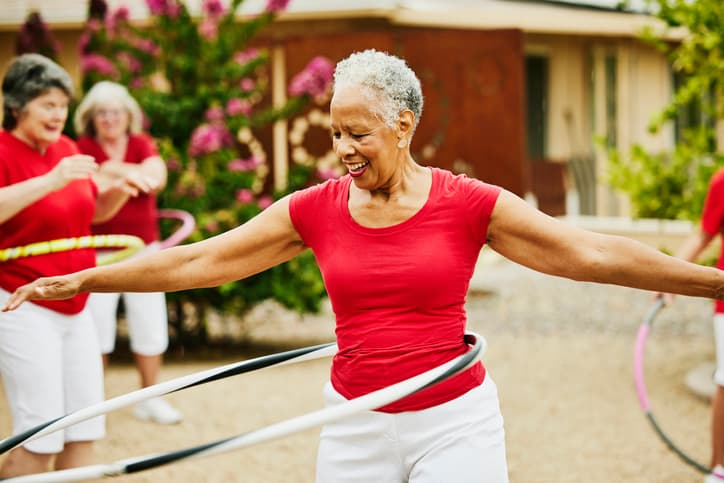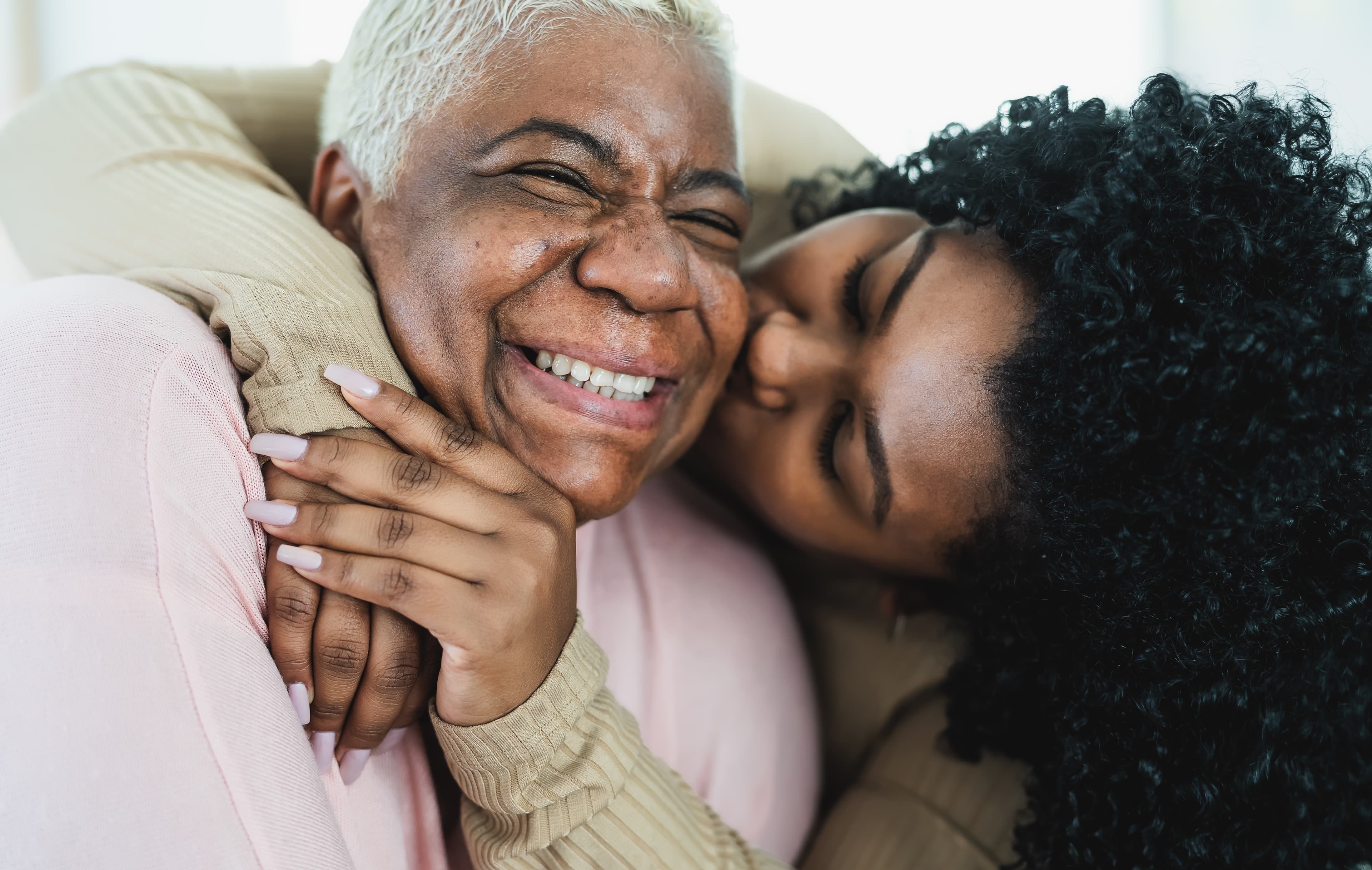Hip pain can strike at any time, making it difficult to walk, do yard work, or run errands. Though almost everyone experiences hip pain occasionally if your symptoms last for more than a week, don’t improve with at-home treatment, or affect your mobility it’s crucial to identify the underlying cause.
Hip pain is especially common in older adults. One study found that 14.3% of people ages 60 and up report significant hip pain. To better understand the causes and gain insights into treatment, we reached out to Dr. Nicholas Anastasio, a board-certified physician of Orthopedics and Joint Replacement at Mercy Medical Center in Baltimore, Maryland.
Below, we discuss some of the common causes of hip pain and make several suggestions for finding relief.
What causes hip pain?
Each of your hip joints has two bones, three ligaments, and more than 20 muscles. These hard and soft tissues work together, allowing you to walk, pivot, and climb stairs.
Your hips are tough, but they undergo wear-and-tear daily. Over time, repetitive movements and the natural aging process result in structural changes (like cartilage damage), inflammation, and stiffness.
According to Dr. Anastasio, some of the most common causes of hip pain include:
Hip osteoarthritis
Trochanteric bursitis (inflammation of the hip bursa, a fluid-filled sac)
Gluteal tendinopathy (a condition that causes the gluteal tendon to deteriorate)
Acetabular labral tears (damage to the cartilage and tissue in the hip socket)
Hip impingement syndrome (a condition that occurs when the two bones in your hip don’t fit together properly)
Hip flexor tendinitis
Sacroiliac (SI) joint dysfunction
You might also experience referred hip pain. For example, if you have a herniated disc or a pinched nerve in your lower back the pain might extend into one or both of your hips.
When should I be concerned about hip pain?
Hip pain is a common musculoskeletal complaint that usually improves with at-home treatments. Still, if your symptoms last for more than a week, or keep you from routine activities, it’s important to seek professional help.
“Patients should see their doctor if their hip pain is limiting their daily activities,” Dr. Anastasio said. “Including hobbies, walking, sleep or if it isn’t controlled easily with appropriate over-the-counter medications.
There are many anatomic structures in the “hip” region that can have overlapping pain patterns and presentations. Seeing a specialist who can identify the source of your pain is critical in appropriately managing your symptoms.”
What are some easy ways to manage hip pain?
Home remedies for hip pain depend on the underlying cause. “Once the source is identified, your provider can be much more specific with home treatment options,” said Dr. Anastasio.
There are several things to remember when caring for a stiff or irritated hip:
1) Be careful when sitting and lying down
“In general, an irritable hip doesn’t like being in positions of flexion, internal rotation, or external rotation.” Dr. Anastasio said. “Therefore, avoiding certain positions can take stress off your hip. These include: low chairs, crossing your legs, or sitting “Indian style”. If you’re a side sleeper, placing a pillow between your knees can help keep your hips in a neutral position.”
2) Take a break
Your hips are some of your most active joints, so it's no wonder they’re susceptible to repetitive strain injuries. If you experience hip pain after starting a new exercise routine, listen to your body. Avoid pushing through the discomfort and take some time off instead. Toughing it out could exacerbate your symptoms and make things worse.
3) Alternate between ice and heat
Ice and heat are two of the oldest at-home remedies for musculoskeletal pain, and for good reason –– they work! That said, it’s important you know when to use them:
Treat acute hip pain with ice
If you suffer an acute hip injury, apply an ice pack to the affected joint. The drop in temperature causes your blood vessels to constrict, numbing the pain, relieving inflammation, and minimizing bruising.
Treat chronic hip pain with heat
If you have chronic hip pain, due to osteoarthritis or another similar condition, use heat. Applying a hot water bottle or a heating pad to your affected hip joint increases circulation to the area, relaxes tight muscles, and enhances the joint’s mobility.
4) Stretch
“Stretching the hip flexors, hamstrings, quadriceps muscles, hip abductors, and gluteal muscles can all be helpful,” Dr. Anastasio said.
“However, one should be careful not to place the hip in any extremes of flexion or rotation as outlined above. What’s more, strengthening the gluteal muscles, hip abductors, and quadriceps can help support the hips.”
Pro tip: If you’re unsure what stretches will most benefit you (or align with your current level of physical fitness), make an appointment with a geriatric kinesiologist or a physical therapist. These professionals can evaluate your home environment and develop a custom treatment plan that helps maintain your mobility and independence.
5) Over-the-counter pain medication
Sometimes, hip pain persists, even with conservative treatments like ice, heat, stretching, and activity modification. If you continue to suffer, over-the-counter pain medication like acetaminophen or ibuprofen may help complement your efforts.
Here at Carewell, we carry several types of over-the-counter pain medicine, specifically formulated for older joints.
Don’t Let Hip Pain Slow You Down
Hip pain can be debilitating, but it doesn’t have to define your life. By working with your primary care physician to pinpoint the underlying cause, you can take steps to feel better.
If you need help finding products for joint pain relief, we’re here to assist! Contact our expert Care Specialists any time by calling (800) 696-CARE or sending an email to support@carewell.com. They can answer your questions, make recommendations, and help you find products that improve your quality of life.



